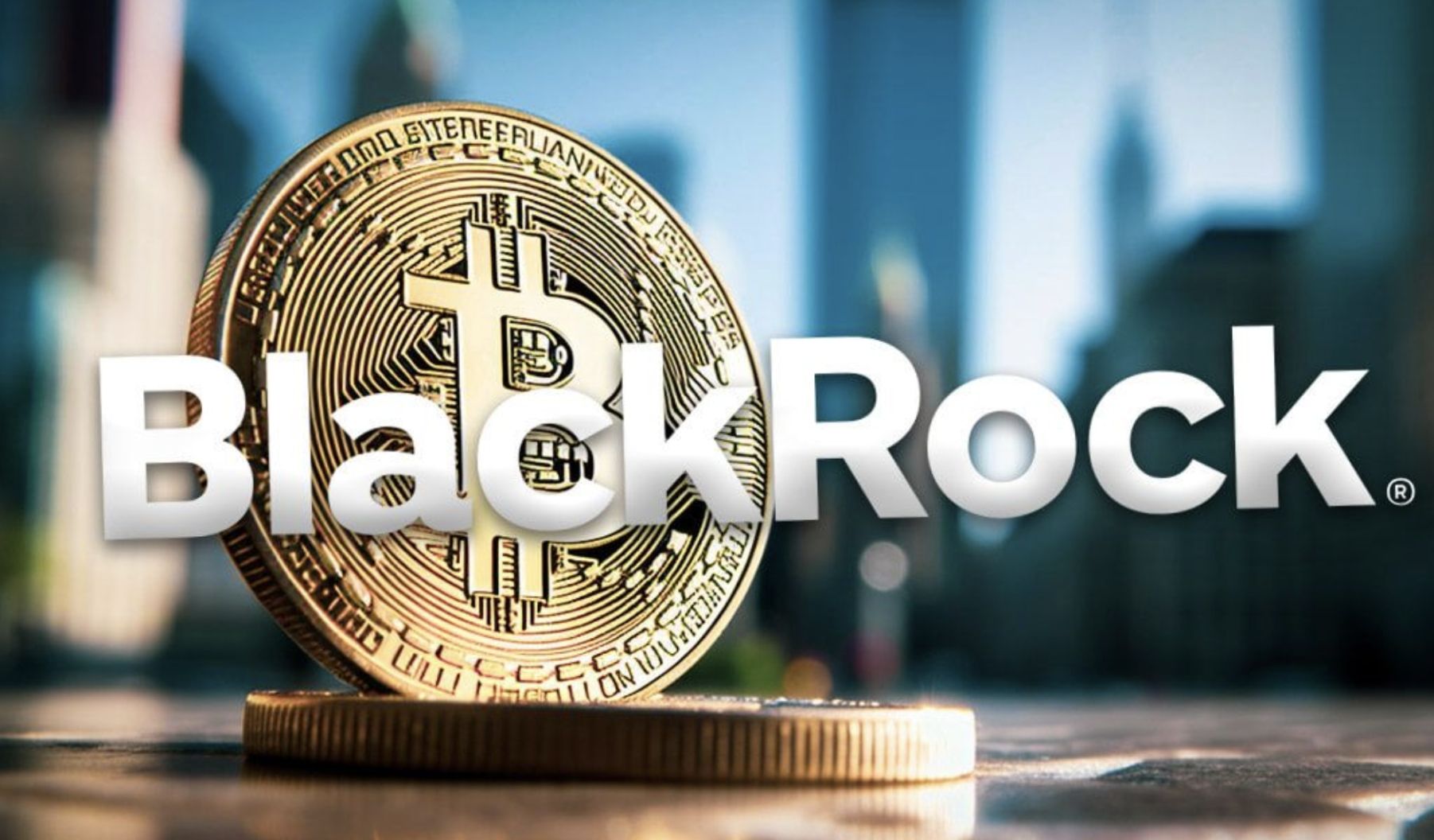Why Are Traditional Fund Managers Still Hesitant About Crypto Investments?

Despite growing interest from institutional players, traditional fund managers continue to approach cryptocurrency with caution. According to a recent survey by Bank of America, nearly 75% of fund managers said they have no plans to include digital assets in their portfolios. This hesitation raises an important question: Why are experienced financial professionals still so reluctant, even as crypto proves its long-term potential?
Crypto Market Volatility: Fear and Misunderstanding in Traditional Finance
To many fund managers in traditional finance, cryptocurrency still feels like unfamiliar and risky territory. Their reluctance often stems from two factors: fear of volatility and misunderstanding of the technology.
Unlike stocks, which offer relatively stable returns backed by tangible companies like Apple or Amazon, crypto assets are known for their price swings. While Bitcoin reaching $60,000 in 2021 was a major milestone, it also highlighted the sharp volatility that scares off many risk-averse investors.
Additionally, assets like meme coins (e.g., Dogecoin) often dominate headlines, giving fund managers the impression that the entire crypto space is speculative and lacking intrinsic value. This perception makes it difficult for them to treat crypto with the same seriousness as traditional assets.

Education Is the Key to Crypto Adoption Among Fund Managers
One of the biggest obstacles to broader crypto adoption in traditional finance is education. Fund managers may be well-versed in equities, bonds, and derivatives—but many still lack a deep understanding of blockchain technology and digital assets.
This knowledge gap contributes to their skepticism. Without proper education, it’s difficult for fund managers to appreciate the value of smart contract platforms like Ethereum or to understand how decentralized finance (DeFi) protocols work.
Industry leaders emphasize the need for better education at all levels of finance. If mid-tier institutions continue to underestimate their clients' growing interest in crypto, they risk being left behind in the evolution of digital wealth management.

How Stablecoins Are Easing Institutional Entry Into Crypto
Stablecoins like USDT and USDC have emerged as key entry points for institutions looking to explore crypto with minimal risk. These digital assets are pegged to fiat currencies like the U.S. dollar, offering low volatility and high liquidity.
For fund managers, stablecoins offer a practical solution for cross-border payments and capital storage, without the price instability of traditional cryptocurrencies. USDC, for example, maintains a consistent 1:1 peg with the dollar, making it an ideal tool for managing digital cash flows.
As regulatory clarity improves around stablecoins, we can expect increased adoption by both financial institutions and corporate treasuries seeking digital alternatives to fiat currency.
The Compliance Challenge: Can Regulation Drive Institutional Adoption?
One of the strongest concerns among fund managers remains regulatory uncertainty. Without clear guidelines from global regulators, many institutions are unwilling to risk reputational or legal issues.
However, that’s beginning to change. In the U.S., the Securities and Exchange Commission (SEC) has started providing more concrete guidance, particularly around staking and digital asset classification. This opens the door for compliant crypto products that align with institutional standards.
As the crypto space becomes more regulated, institutions will gain the confidence they need to enter the market more aggressively. This could dramatically shift the market toward a more stable, long-term investment environment.
A Slow But Inevitable Integration
The hesitation among fund managers isn't irrational—but it's quickly becoming outdated. With increasing regulation, maturing infrastructure, and stronger educational resources, the entry barriers are falling. Stablecoins, crypto ETFs, and compliant custody services are making digital assets more accessible and less risky.
Ultimately, the future of finance will be hybrid—combining the trust of traditional models with the innovation of blockchain technology. Fund managers who embrace this shift early will have the opportunity to lead, not follow, in a new financial era.
As platforms like Cwallet continue to bridge the gap between Web2 and Web3, the question is no longer if crypto will become a mainstream asset class, but how soon.
Cwallet: Your Gateway to a New Era of Crypto Finance
Cwallet is not just a crypto wallet; it's a comprehensive Web2.5 financial platform. We seamlessly integrate security, privacy, and convenience, laying the foundation for a transformative financial landscape. With Cwallet, you can securely hold, send, receive, swap, tip, and earn from over 60 blockchains and 1000+ cryptocurrencies — all within one powerful platform.
We aim to expand the rich applications of crypto. Our intuitive Telegram bot allows for effortless engagement in airdrops and fosters community connections through tipping and group management tools. Additionally, we offer $USDT earnings with a maximum APR of 10% and provide competitive loan services. We also offer the Cozy Card — your passport to global spending. This innovative card enables you to use your digital assets like cash, simplifying transactions worldwide and enhancing convenience through Apple Pay and Google Pay.
Furthermore, we provide additional toolkits, including HR bulk management system, mobile top-ups, gift cards, and more. With over 37 million users, Cwallet invites you to reimagine crypto. Stay cozy and step into the future of finance with us.
Official Link
Official Site: https://cwallet.com
Twitter: https://twitter.com/CwalletOfficial
Disclaimer: This content is for informational purposes only and is not investment advice. Please invest wisely and at your own risk.
